Understanding the Unique Traits of the Cinnamon Cockatiel
Uncover the distinctive traits of the Cinnamon Cockatiel, a bird known for its warm hues and charming personality.Have fun and enjoy reading!
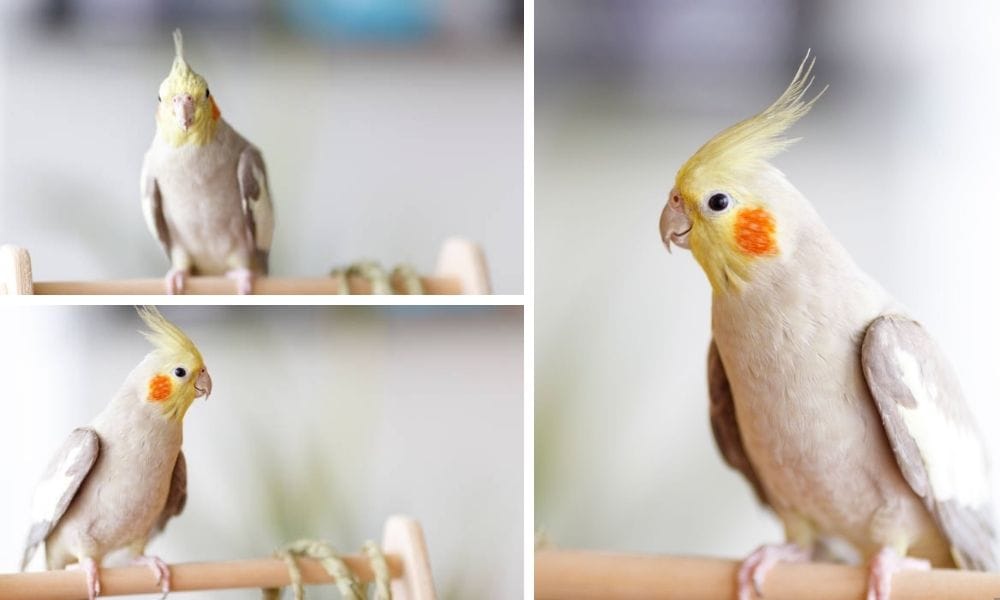
Cinnamon Cockatiels are a captivating variety of one of the most popular pet birds in the world. With their unique coloring and charming personalities, they have won the hearts of bird enthusiasts everywhere. This comprehensive guide will delve into the world of these delightful creatures, exploring their characteristics, care needs, and why they make such excellent companions.
Key Takeaways:
- Cinnamon Cockatiels are a color mutation of the standard grey cockatiel, characterized by their warm, chocolate brown coloring and pale yellow feathers.
- These birds are part of the cockatoo family and are known for their social behavior, ability to mimic sounds, and the distinctive orange cheek patch.
- Proper care, including a balanced diet, regular interaction, and a suitable living environment, is essential for maintaining the health and happiness of a cinnamon cockatiel.
The Cinnamon Cockatiel: A Member of the Cockatoo Family
Cinnamon Cockatiels are a striking variation within the cockatoo family, which is renowned for its intelligent and affectionate birds. The cinnamon coloring is a result of a mutation that affects the brown pigment in their feathers, giving them a warm, chocolate brown appearance instead of the standard grey. This mutation also affects the overall plumage, resulting in a softer contrast compared to other mutations.
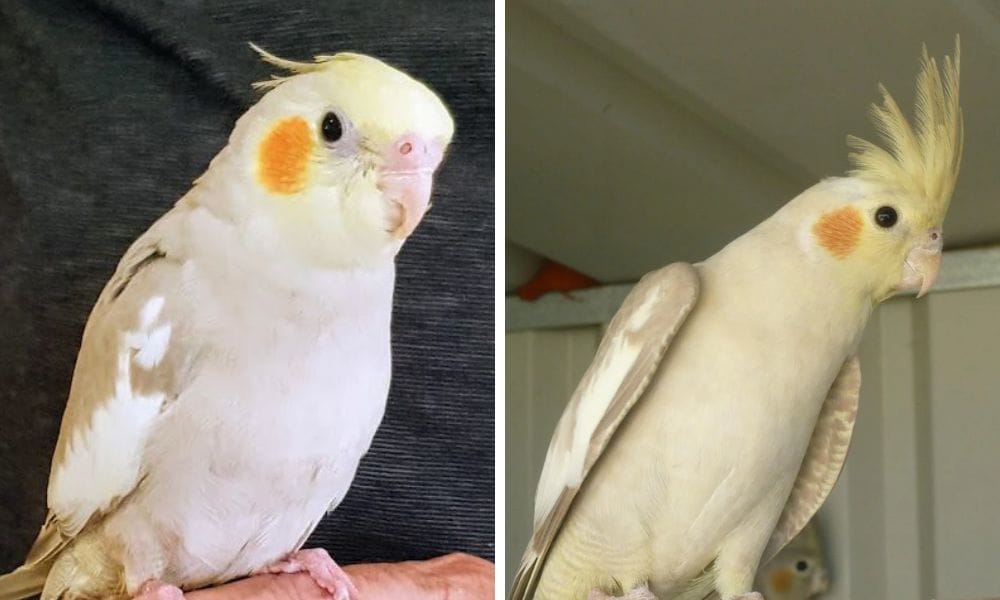
Origins of the Cinnamon Coloring
The cinnamon trait in cockatiels is a sex-linked recessive mutation, which means that it can be carried by birds without showing any visual signs. This genetic trait was first observed in captive populations and has since become a favorite among bird breeders and pet owners alike. The cinnamon coloring gives these birds a distinctive look that sets them apart from the classic grey cockatiel.
Identifying a Cinnamon Cockatiel
When trying to identify a cinnamon cockatiel, look for the chocolate brown shades on the wings and back, as well as the pale yellow or pastel face. Unlike the lutino or albino mutations, cinnamon cockatiels retain the iconic orange cheek patch, which stands out against their unique coloring. Both males and females exhibit this coloring, but it can be more pronounced in males after their first molt.
The Cinnamon Pied Cockatiel: A Beautiful Blend
The cinnamon pied cockatiel is a combination of the cinnamon mutation with the pied pattern. These birds have patches of clear, bright yellow face and body feathers interspersed with their cinnamon coloring. The pied pattern is random, so no two cinnamon pied cockatiels look exactly the same, making each bird truly one-of-a-kind.
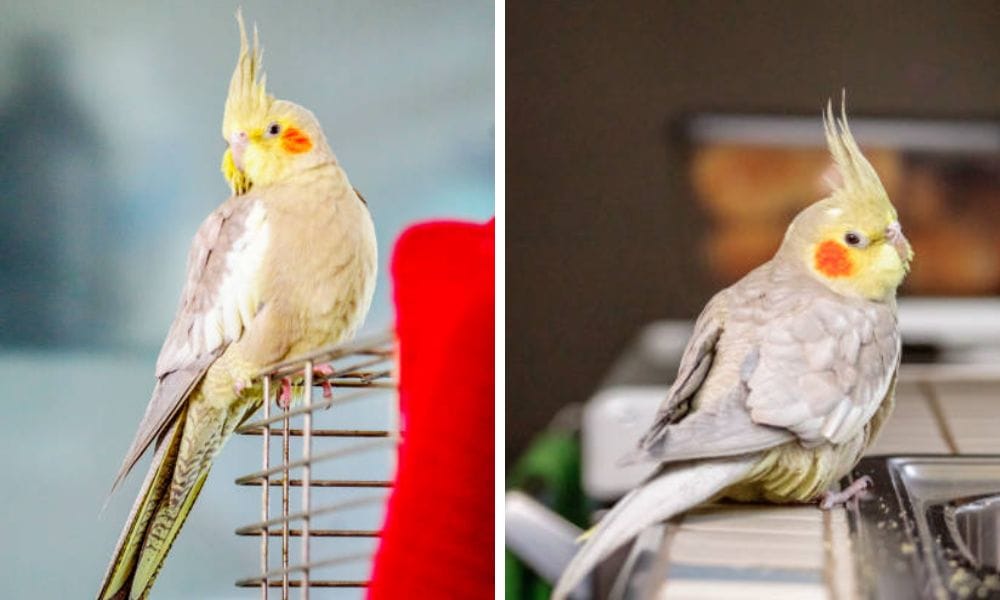
Cinnamon Pearl Cockatiels: Adding Intricate Patterns
Cinnamon pearl cockatiels are another stunning variant, where the cinnamon trait is combined with the pearl pattern. This results in a bird with a cinnamon base color and yellow barring or pearling across their feathers. The intricate patterns can fade over time in males but typically remain prominent in females.
The Isabelle Cockatiel: A Rare Delight
The isabelle cockatiel, also known as the pastel face cinnamon, is a less common variant that combines the cinnamon mutation with a pastel face. These birds have a softer, more diluted color palette, with a pale yellow face and a lighter shade of brown on their feathers. They are typically higher priced due to their rarity and unique coloring.
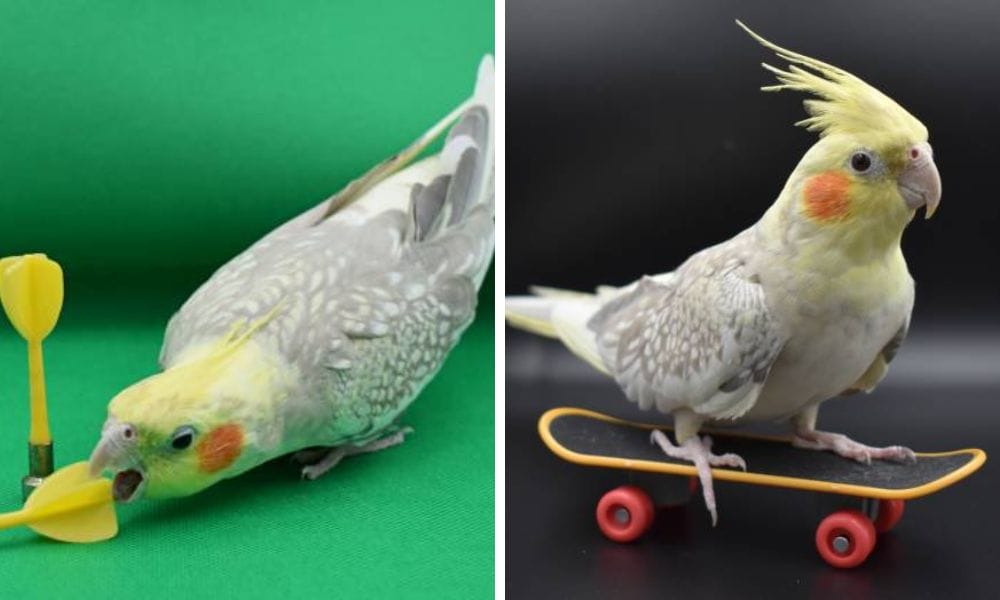
Understanding Cockatiel Behavior
Cockatiel behavior is a fascinating aspect of their charm. Cinnamon cockatiels, like all cockatiels, are social and enjoy interaction with their owners. They can mimic sounds and may even learn to whistle tunes or mimic common household noises. Observing and engaging with your pet cockatiel can provide insight into their personality and strengthen your bond.
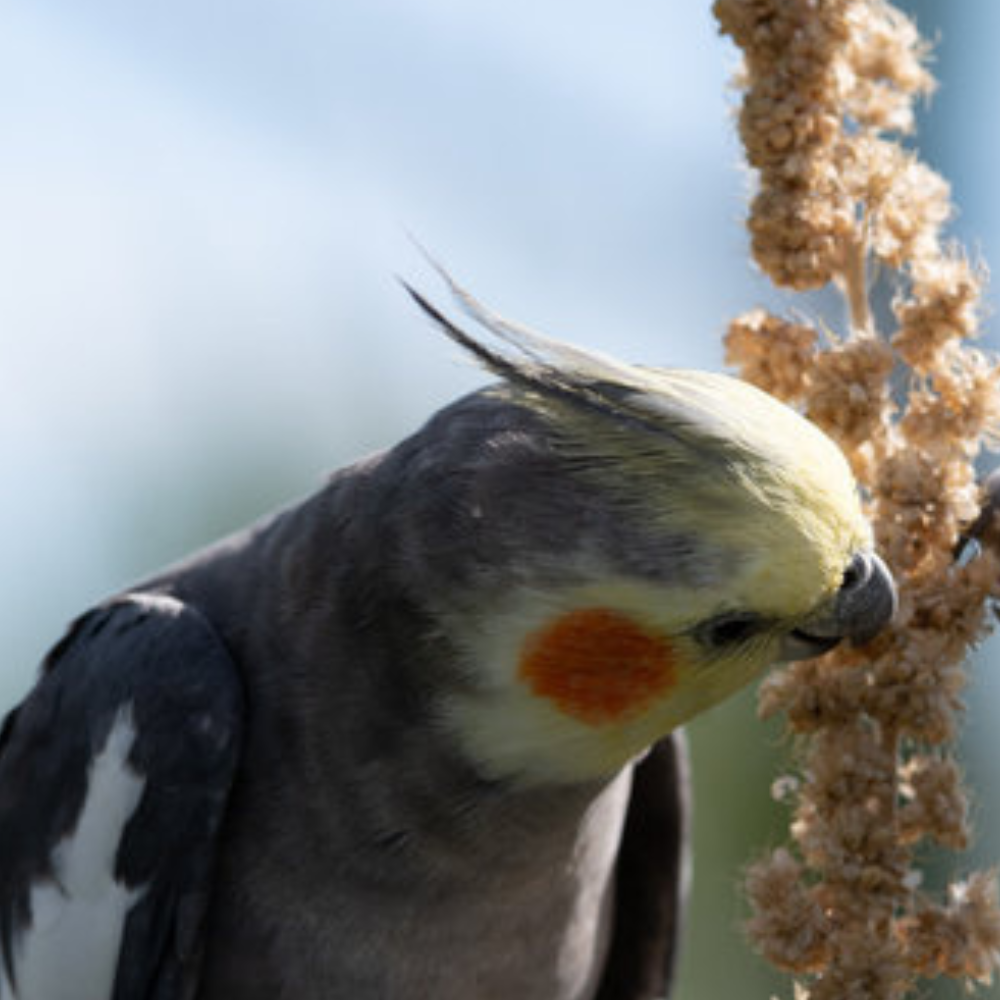
The Diet of Cinnamon Cockatiels
A balanced diet is crucial for the health of cinnamon cockatiels. They require a mix of seeds, pellets, fresh fruits, and vegetables to meet their nutritional needs. Providing a variety of foods not only ensures they receive all the necessary nutrients but also keeps mealtime interesting for these curious birds.
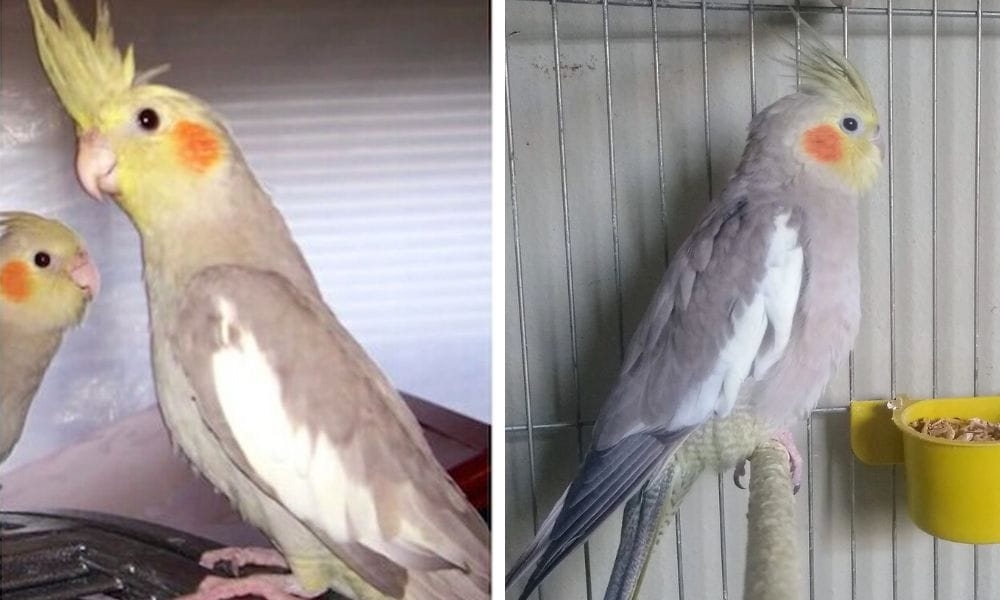
Cinnamon Cockatiels and Color Genetics
Have you ever wondered how cinnamon pearl cockatiels get their unique coloration? It's all in the genes! Cinnamon cockatiels carry a sex-linked recessive mutation that affects the melanin in their feathers. This mutation dilutes the grey color typically found in wild cockatiels, resulting in a warm, cinnamon hue. It's fascinating to see how these color mutations are passed down, and breeders like Barbara Rost have been instrumental in understanding and cultivating these beautiful variations.
For those interested in the genetics behind their pet bird, knowing how to sex cockatiels can be particularly intriguing. Unlike some parrot family members, cockatiels can sometimes be sexed by their color patterns. For example, male cinnamon pearl cockatiels often lose their pearling after their first molt, revealing a more solid cinnamon color, while females retain their intricate patterns. This genetic dance is a testament to the complexity and beauty of these hardy birds.
Cinnamon Pearl Cockatiel Care Essentials
Caring for a cinnamon pearl cockatiel is both a joy and a responsibility. These birds, with their distinctive feather patterns and warm hues, require a specific approach to ensure they thrive. When it comes to their environment, cinnamon pearl cockatiels love to have plenty of space to spread their wings. A large cage, preferably with horizontal bars for climbing, is ideal. Inside, you'll want to include perches of varying diameters to promote foot health, as well as a variety of toys to keep them entertained. Remember, a bored cockatiel is often a mischievous one!
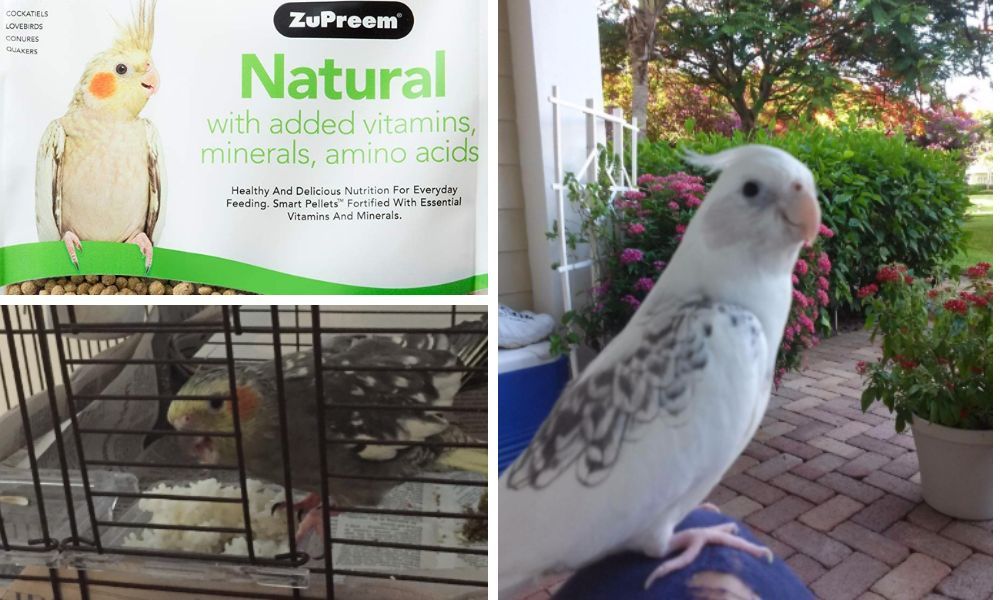
In addition to space, the diet of a cinnamon pearl cockatiel should be carefully considered. A balanced diet includes high-quality pellets, fresh fruits, and vegetables, with the occasional treat of seeds and nuts. It's important to note that these cockatiels can be prone to obesity if their food intake isn't monitored. Fresh water should always be available, and it's a good idea to incorporate foods rich in calcium, like dark leafy greens, to support their overall health. Regular vet check-ups will help ensure your feathered friend stays in tip-top shape.
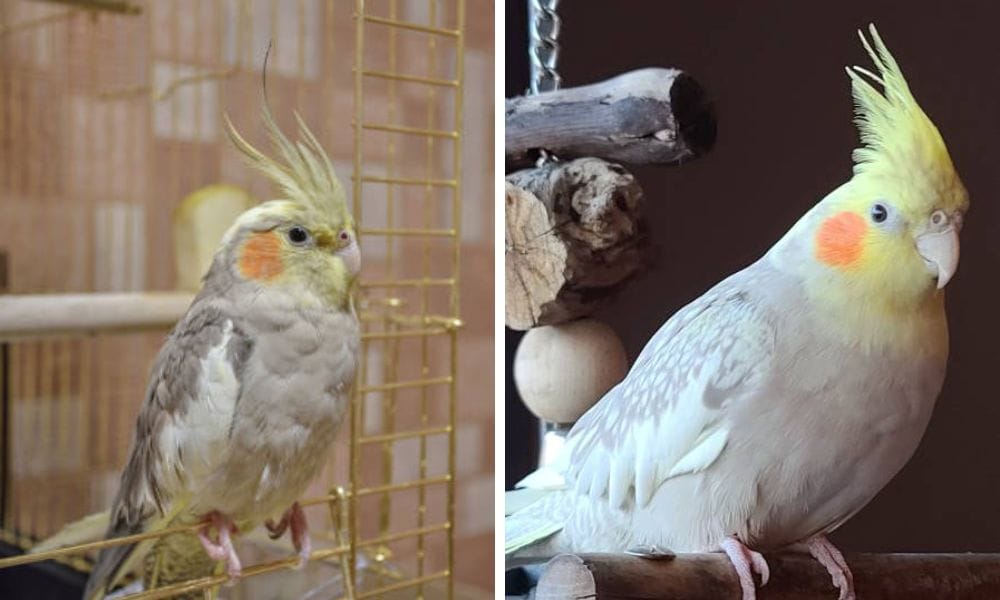
The Genetic Journey of Cinnamon Cockatiels
The cinnamon pearl cockatiel is a testament to the fascinating world of avian genetics. This particular variety is the result of a sex-linked recessive mutation, which affects the color of their feathers. Unlike the dominant silver cockatiel species, the cinnamon mutation causes a dilution in the melanin, resulting in the warm, cinnamon shades that give these birds their name. Breeders often seek out this mutation for its popularity and beauty, but it takes a keen understanding of genetics to successfully breed these birds while maintaining their health and vitality.
Interestingly, the sex-linked recessive mutation also means that breeding cinnamon pearl cockatiels can be somewhat predictable when it comes to the coloration of their offspring. For example, pairing a cinnamon pearl cockatiel with a mate that carries white faces can result in a variety of color patterns in their chicks. It's a delicate dance of genes that can yield stunning results. However, breeders must be cautious, as breeding cockatiels with certain mutations for long periods can lead to health issues. Responsible breeding practices are essential to sustain the health and beauty of these beloved parrots.
The Importance of Proper Wing Clipping in Cinnamon Cockatiels
Wing clipping is a common practice among cockatiel owners, but it's crucial to understand the right way to do it. Having your pet bird's wings clipped can prevent accidents and injuries, especially for those who may not be accustomed to flying indoors. However, it's important to leave enough feathers for controlled descent. Pictures and detailed descriptions cockatiels can help owners identify the primary flight feathers that should be left intact.
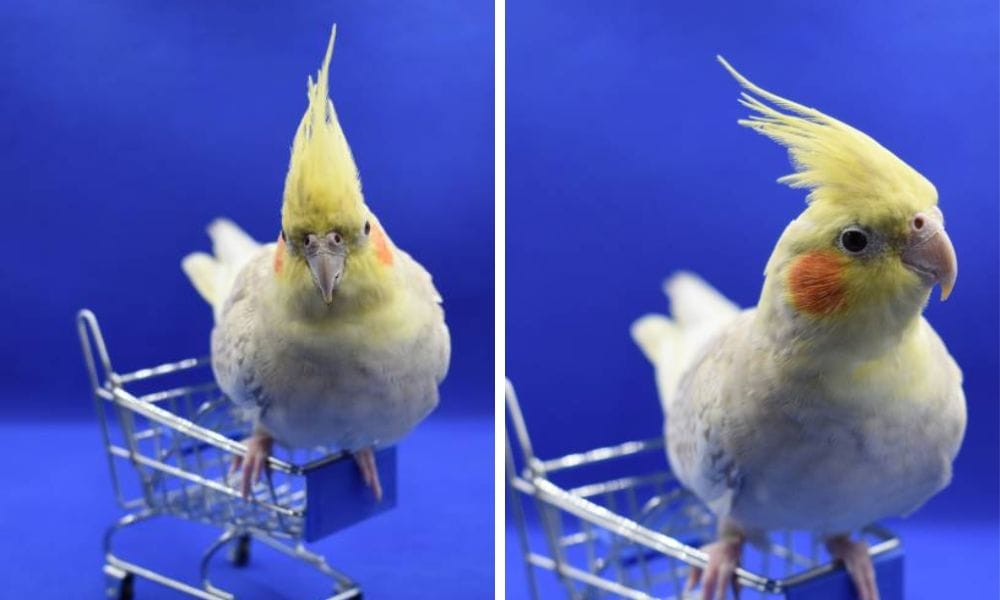
Clipping should always be done by a professional or under expert guidance to ensure the safety and well-being of your cinnamon cockatiel. Remember, these birds are part of the parrot family and are designed to fly. While clipping can help keep them safe in a home environment, it should never impede their ability to glide to the ground. For the proud mom or dad of a cinnamon cockatiel, ensuring their pet can still flutter around gently is the best bet for a happy and healthy companion.
Housing Your Cinnamon Cockatiel
The right cage is essential for the well-being of your cinnamon cockatiel. It should be spacious enough to allow for flight and equipped with perches, toys, and feeding bowls. Regular cleaning and maintenance of the cage will help prevent health issues and create a comfortable environment for your feathered friend.
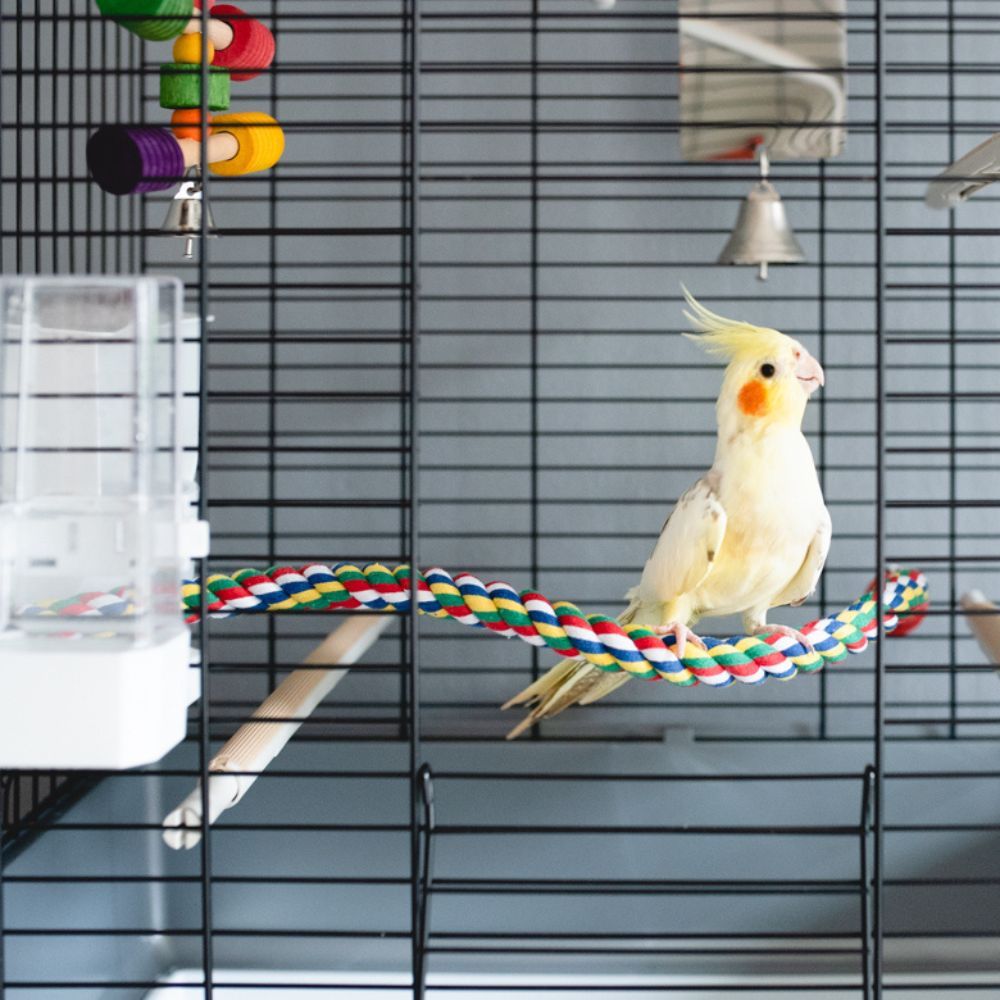
Breeding Cinnamon Cockatiels
Breeding cinnamon cockatiels can be a rewarding experience for bird breeders. Understanding the genetics behind the cinnamon mutation is important for producing healthy offspring with the desired traits. Responsible breeding practices and proper care of the young birds are essential for their development.
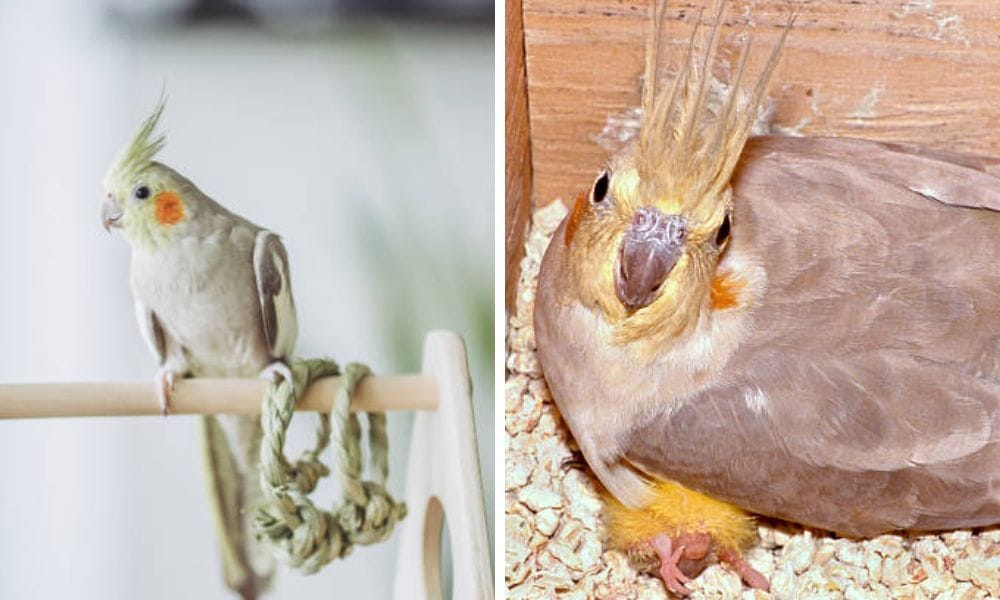
Health Considerations for Cinnamon Cockatiels
Cinnamon cockatiels, like all pet birds, are susceptible to various health issues. Regular veterinary check-ups, a clean living environment, and attention to any changes in behavior or appearance can help catch potential problems early. A healthy cockatiel is an active and alert bird with bright eyes and smooth feathers.
The Social Needs of Cinnamon Cockatiels
Cinnamon cockatiels are social creatures that thrive on interaction. They enjoy being part of the family and can become quite attached to their owners. Providing daily interaction and mental stimulation is key to keeping your cockatiel happy and preventing behavioral issues.
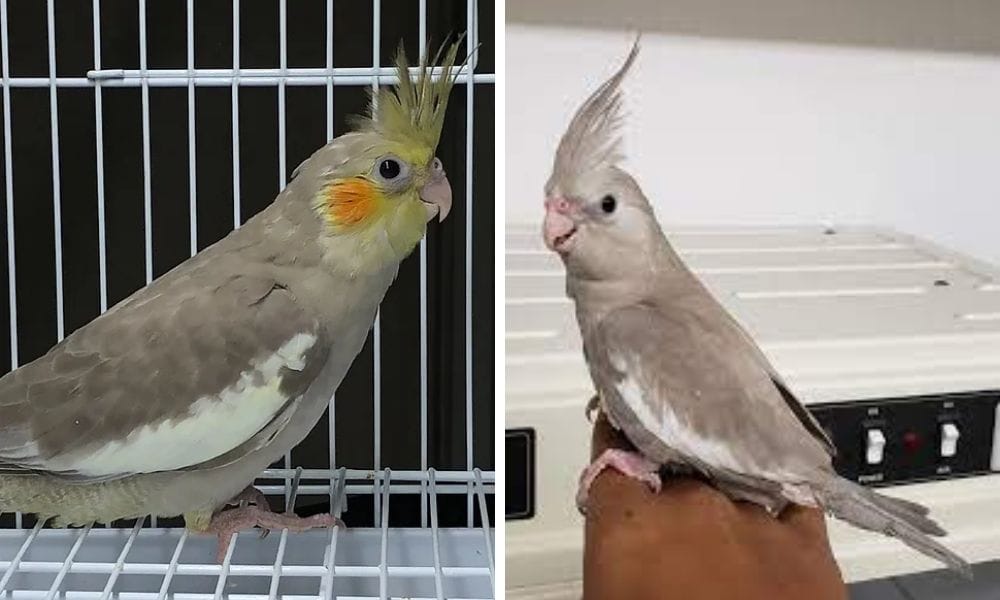
Training and Taming Your Cinnamon Cockatiel
Training and taming a cinnamon cockatiel can enhance your relationship with your pet. Simple commands, tricks, and getting them used to being handled can all be part of the training process. Patience and positive reinforcement are the best approaches when working with these intelligent birds.
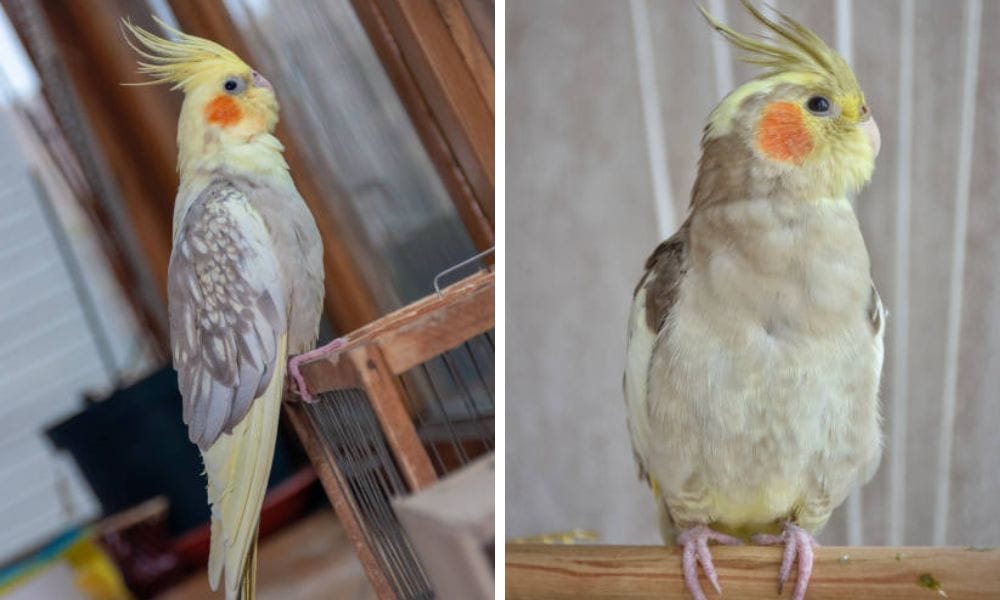
The Lifespan of Cinnamon Cockatiels
Cinnamon cockatiels have a lifespan similar to other cockatiel mutations, which can be up to 20 years or more with proper care. Their longevity makes them long-term companions, so it's important to consider the commitment before bringing one into your home.
Where to Find Cinnamon Cockatiels
Cinnamon cockatiels can be found at bird stores, pet stores, and through reputable bird breeders. When looking to add a cinnamon cockatiel to your family, it's best to research and find a source that practices ethical breeding and provides healthy birds.
The Cost of Owning a Cinnamon Cockatiel
The cost of a cinnamon cockatiel can vary depending on factors such as age, rarity of the mutation, and where you purchase them. Generally, they are typically higher priced than the standard grey cockatiel due to their unique coloring. Remember to factor in the ongoing costs of care, including food, veterinary bills, and cage accessories.
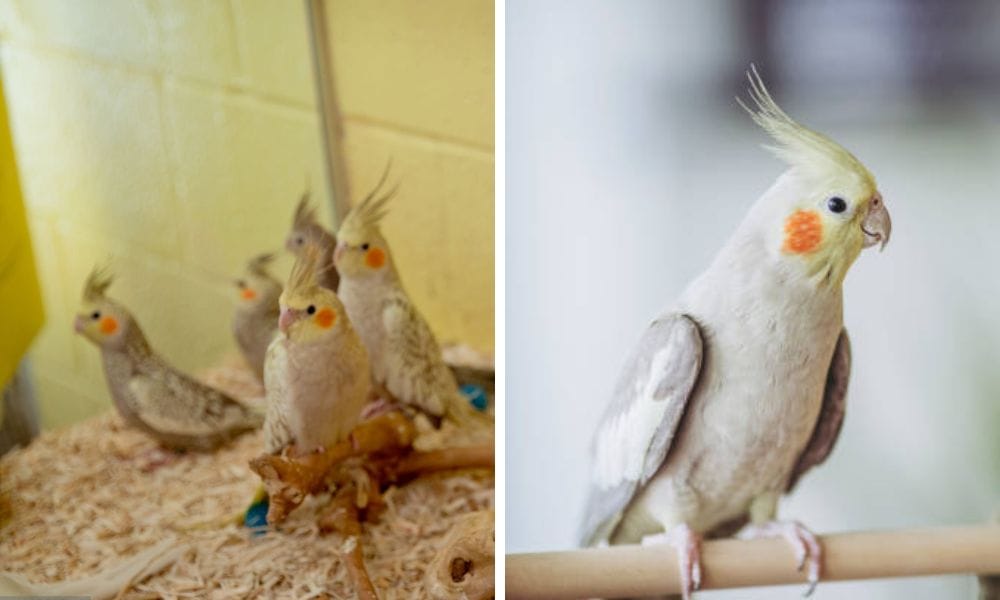
Cinnamon Cockatiels as Family Pets
Cinnamon cockatiels make excellent family pets due to their friendly nature and manageable size. They can adapt well to living with families and are generally good with children who understand how to handle birds gently. Their endearing personalities and beautiful appearance make them a popular choice for pet owners.
Summary
Cinnamon cockatiels are a beautiful and unique variant of one of the most popular pet birds. Their warm, chocolate brown coloring and social behavior make them a favorite among bird enthusiasts. Understanding their care needs, behavior, and the commitment required to keep them healthy and happy is essential for any prospective cinnamon cockatiel owner. With the right care, these charming birds can be a delightful addition to any home.
FAQ Section
Q: How can I tell if my cockatiel is a cinnamon mutation? A: Look for the warm, chocolate brown coloring on the wings and back, pale yellow or pastel face, and the presence of the orange cheek patch. The cinnamon mutation affects the brown pigment in the feathers, giving them a distinct appearance.
Q: Are cinnamon cockatiels good pets for families? A: Yes, cinnamon cockatiels are known to be social, friendly, and can make great family pets. They enjoy interaction and can form strong bonds with their owners. However, it's important for families to understand how to care for and handle birds properly.
Q: What should I feed my cinnamon cockatiel? A: Cinnamon cockatiels, like all cockatiels, require a balanced diet consisting of seeds, pellets, and a variety of fresh fruits and vegetables. Ensure they have access to clean water at all times and avoid foods that are toxic to birds.

